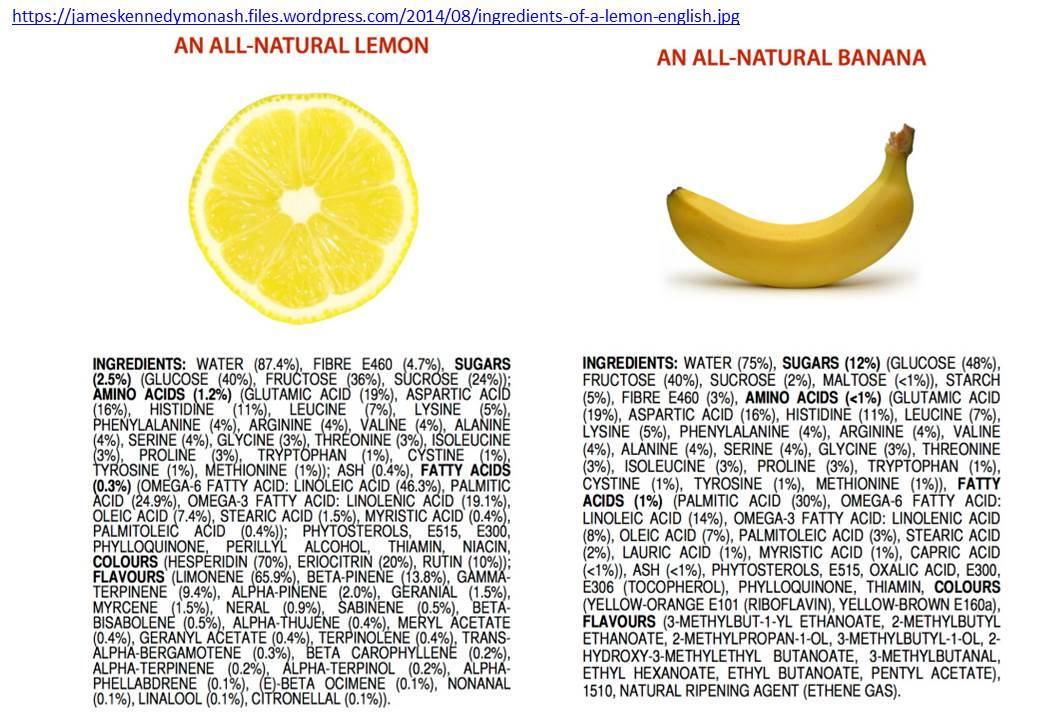Há tempos escrevi aqui "Luxo e sinais exteriores", com base em “Signaling Status with Luxury Goods” (Journal of Marketing, 2010), sobre quatro grupos: patricians, parvenus, poseurs e proletarians. Agora no número de Julho da revista Bloomberg Businessweek encontro o artigo "The Never-Ending Fight Against Fakes".
O artigo da Bloomberg Businessweek mostra a relação entre a contrafacção e os "poseurs", descrevendo como a plataforma Vestiaire Collective enfrenta um aumento significativo de produtos falsificados, muitos deles “quase indistinguíveis dos originais”. Isto está diretamente ligado ao perfil dos poseurs:
“Poseurs do not possess the financial means to readily afford authentic luxury goods. Yet they want to associate themselves with those they observe and recognize as having the financial means (the parvenus)… Thus, they are especially prone to buying counterfeit luxury goods.”
Versus:
“Fighting counterfeiters is crucial for purveyors of secondhand luxury goods… In 2021, less than a third of the items Vestiaire rejected were on suspicion of being counterfeit. Today it’s more than half.”
A falsificação responde à procura de estatuto a baixo custo — tipicamente por poseurs.
O artigo menciona o trabalho minucioso dos especialistas em autenticação da Vestiaire para verificar costuras, fechos de correr e palmilhas – detalhes que só os conhecedores reconhecem como prova de autenticidade. Isto corresponde ao comportamento dos patricians:
“Patricians possess significant wealth and pay a premium for inconspicuously branded products that serve as a horizontal signal to other patricians.”
Versus:
“Mélissa… sniffs the supple leather, breathes deeply to take in its scent. ‘It smells soft and sweet,’ she says.”
“It’s examined by Hermès in-house, with its distinctive H-shaped stopper at the end.”
A ênfase está na qualidade discreta e não no logótipo visível — típico de patricians.
O artigo de 2010 refere que os parvenus — ricos com forte necessidade de mostrar estatuto — preferem marcas visíveis, como o monograma da Louis Vuitton.
“Luxury houses must justify their stratospheric prices or watch as the once-clear distinction between authentic and counterfeit becomes irrelevant to a generation that values accessibility over exclusivity. For an industry built on image, aspiration and status, the most troubling illusion might not be the authenticity of products themselves but rather the belief that authenticity is worth a premium price.”
O “perigo” para as marcas de luxo é que a procura de sinais visíveis (por parvenus e poseurs) torna difícil distinguir o autêntico do falso, erodindo o valor simbólico da marca.
O mercado da segunda mão (e o de falsificações) cresce porque muitos consumidores valorizam o sinal de estatuto mais do que a substância do produto — o que desafia as marcas a reafirmarem o valor da autenticidade.

%2009.44.jpeg)


%2014.18.jpeg)

%2006.21.jpeg)












